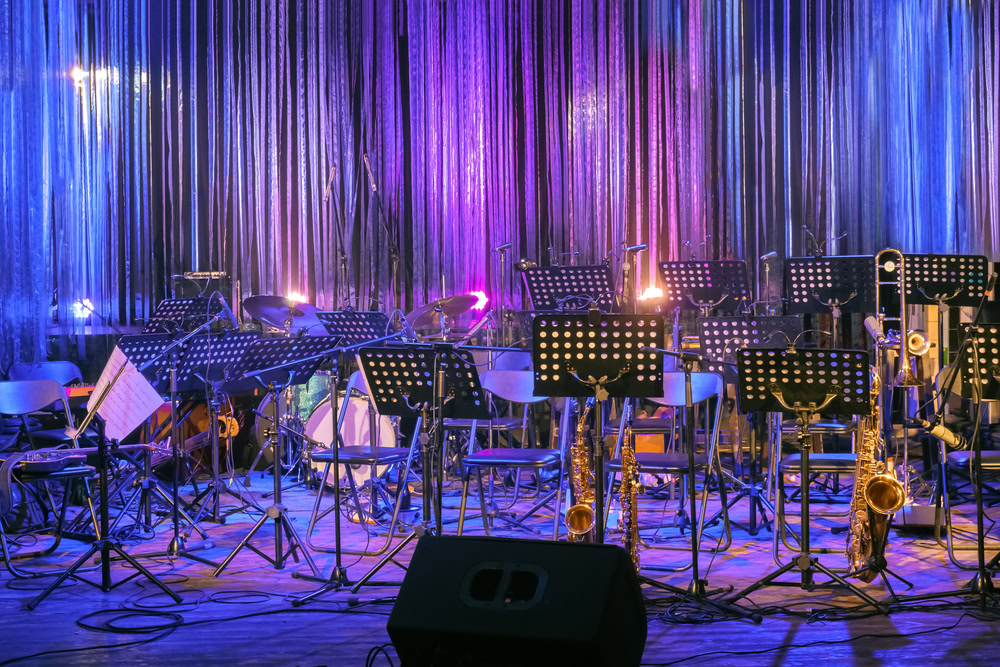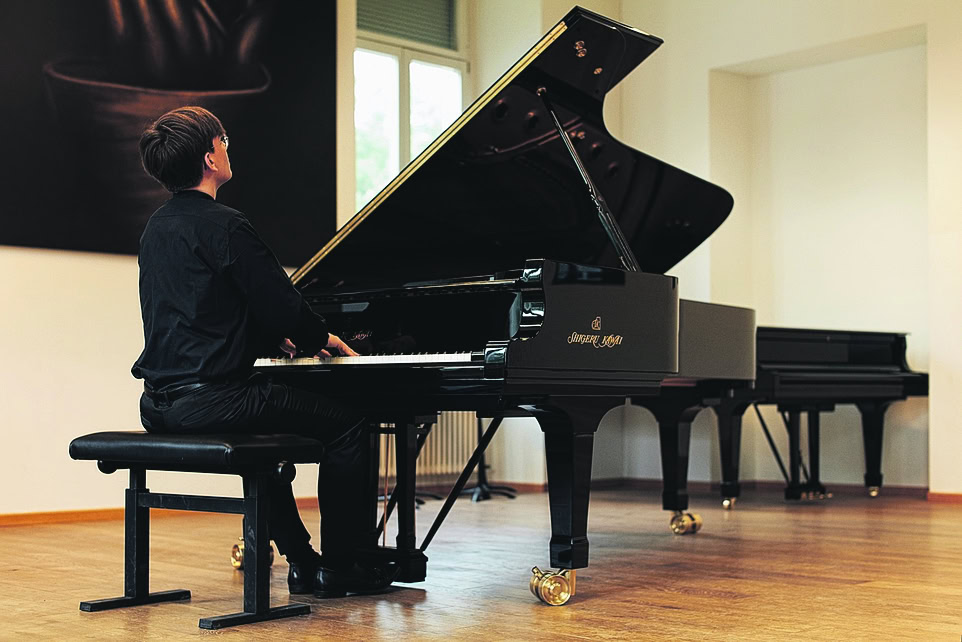Wanted: SJM contributions
What role does time play in music? The Swiss Yearbook of Musicology (SJM) is looking for exciting contributions on the topic of "Time and temporality in music"
For the fifth edition of the new digital Swiss Yearbook of Musicology (vol. 42 (2025)), the editorial team invites authors to submit articles on the topic of "Temporality in Music". At the same time, the editorial team encourages researchers who are currently working on music projects at Swiss research institutions to present them as research reports.
Time and temporality in music
In this issue, various aspects of time and temporality in music will be examined culturally, geographically, historically, conceptually and theoretically. Music has a unique effect on our perception of time. In the concert hall or at the disco, time is perceived to run differently than in everyday life. This flexible and hybrid character of time has been used consciously and unconsciously by composers, performers, musicians and (inter)national institutions throughout history and around the world.
In order to understand how music and temporality are linked in a unique way, it is necessary to transcend the boundaries of narrow musicology. Contributions are therefore required from various sub-disciplines. In addition to musicology, ethnomusicology and music education, these include literary studies, cultural history, film studies, gender studies and social sciences.
We ask ourselves, for example, how are musical phenomena shaped and changed in the form of memory, anticipation or nostalgia? What role does time play in the revival of an old folk song, how did it sound then, how does it sound today? How do narrative devices such as acceleration and flashback function within certain conventions in different historical and cultural contexts? How can we understand the complex interplay of different temporalities in music, e.g. how is a story that takes place over several days or years presented musically within a few hours in an opera?
Such musical time phenomena are not bound to a particular musical style or epoch: they can be examined on the basis of a symphony, a rock concert or a jazz improvisation.
Three formats for publication
The main articles of max. 40,000 characters (including spaces and footnotes) on the subject of time and temporality in music form the main part of the issue and are subject to a double blind review. In the "Contemporary Witnesses" section, shorter contributions of max. 10,000 characters (including spaces and footnotes) are published that are dedicated to the topic of musical temporality. These can take different formats, e.g. a written, acoustic or visual presentation of an original historical or musical source, an interview with an artist or expert or a statement on current events. The "Werkstatt-CH" section publishes selected contributions that highlight current approaches and issues from Swiss research institutions. These can also have different formats, such as posters or other digital formats. These contributions are not tied to the main topic of the issue.
Fully edited article proposals in German, Italian, French, Romansh or English should be submitted by February 15, 2025 at the latest via the website to be submitted. Notification of acceptance will be sent in March 2025 and the issue will be published at the end of 2025.








